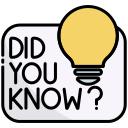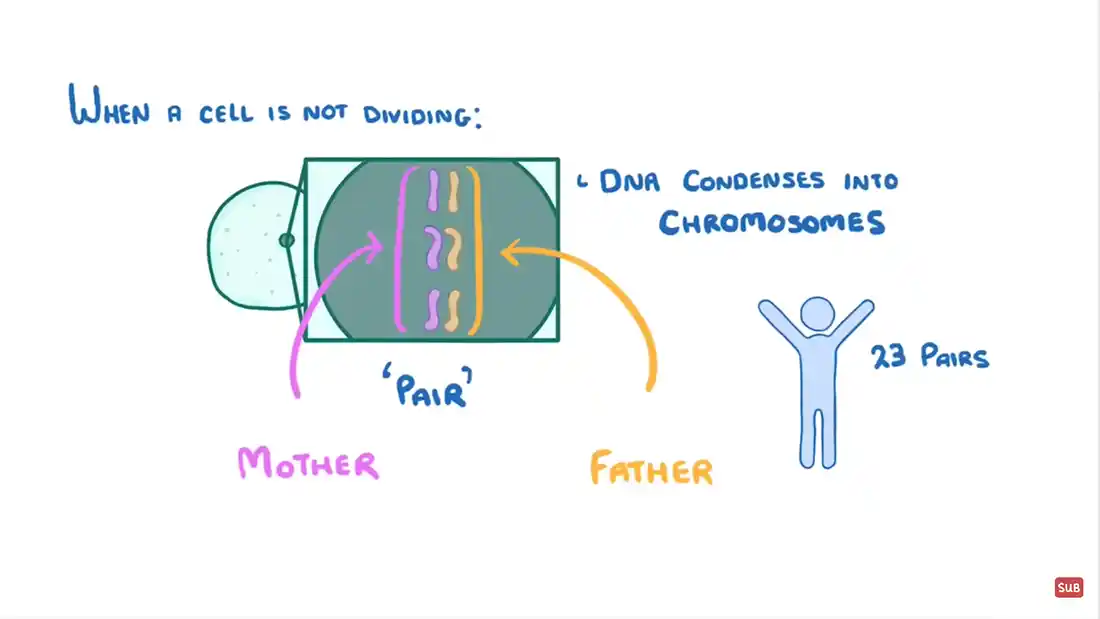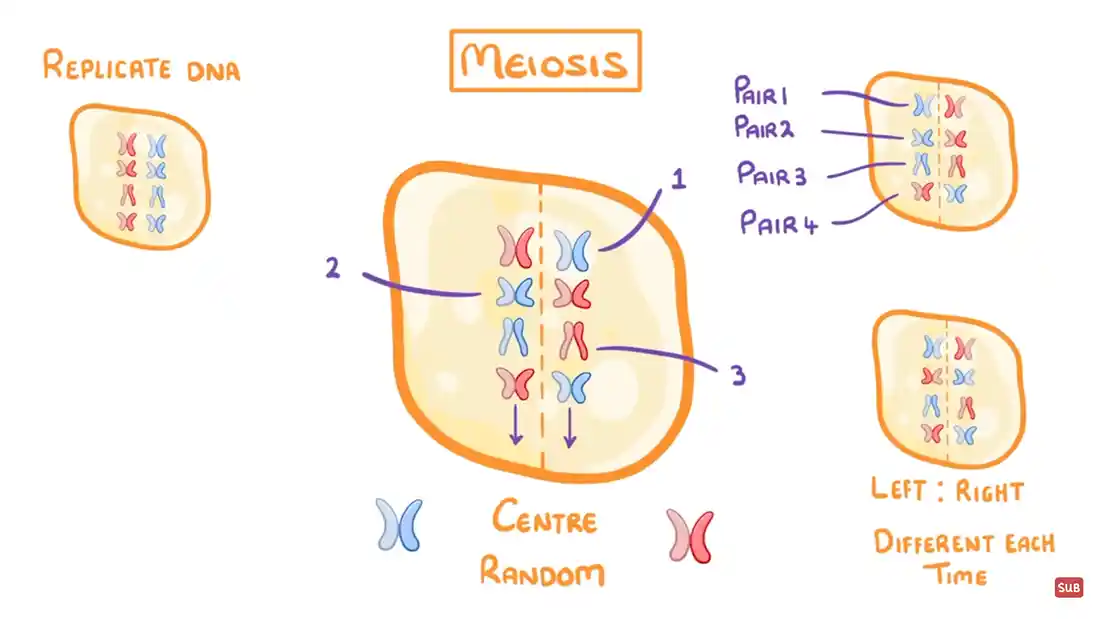

Cells, mitosis, meiosis, division, multiplication, cytokinesis, prophase, split nucleus, doubling chromosomes, cell cycle, differentiation, stem cells.
Cell reproduction. You would think it was simple. It can be, but there are different ways of doing it. Let's take a look further at what happens.
When an organism grows, cells have to divide or multiply. This is biology 101, as all organisms that want to grow or recreate, have to do this. It also occurs when an organism becomes damaged in some way. For humans, this would be when we cut ourselves, or get damaged in other ways.
Mitosis is a specific cell cycle. It creates a cell in a five-stage circle:

A cell takes just 24 hours to form and then divide to form new cells. This is through either process of mitosis or meiosis.
Well, when a cell divides by mitosis, it becomes two daughter cells of the original parent. They are each identical to the original parent cell.
The following still is from a video on mitosis, with the following details:
Please click on the image to view the video.

There are several parts, if you like, to mitosis. Here they are:
Chromosome: this is the part of the cell that carries the DNA data in it that tells the cell to have certain characteristics.
Chromatid: when a chromosome is pulled apart, what remains are two chromatids. These both hold the same amount of DNA information in them, and are placed into each daughter cell. They later form up with the other set of chromatids to make the chromosomes.
Mitotic spindle fibres: a protein thread that attaches to and pulls the sister chromatids apart.
Centromeres: these pull the sister chromstids apart using mitotic spindle fibers. Chromosomes often stay together until they are pulled apart to go into each daughter cell.
Interphase: this is the longest part of the cell cycle, and entails all of the above work - chromosome split, replication of DNA, increase in cytoplasm and the rest.
Cytokinesis: the shortest part of the cell cycle, it is where the cell actually splits into two cells.
When animals and plants are created, they start off as a single-celled organism. Mitosis has to occur to enable division of cells to become the multi-cellular organisms we are today. But, another point worth mentioning, is that we have to differentiate some of the cells for certain functions.
What I mean by this, is that some cells will differentiate (change) into cells used for respiration. Some cells will change into cells that are used for reproduction. Some cells will change for use in circulation and immune system use. And so on.
All these cells are called specialised cells, and they are created to work for a specific function.
The other type of cell reproduction is called Meiosis. This is the type of cell division that creates gametes. A gamete is a sex cell, and works in the reproduction organs of an organism.
The process is as follows:
Meiosis works to create four cells, each with a single set of chromosomes within. So, each cell holds 23 chromosomes, instead of 46, which is what our cells carry. This process is known as reduction division, as our gamete cells (sperm, egg) are haploid, rather than diploid.
So, most of the cells in our body are known as diploid. This is because they have both sets of chromsomes in each cell. There are also other differences, including the fact that they divide by mitosis to create new cells.
The other type of cell is called haploid. This is singularly the reproductive cells in each of the male and female body, the sperm and egg (ova). They are haploid as they only contain one set of chromosomes each. This is because in order to carry all the chromosomes, we need the cells from the father and mother present in order to do so. They are provided by each of the reproductive cells as mentioned before.
Haploid cells also reproduce, but by meiosis, instead of mitosis.
Now that's explained, you may understand that reduction division is the process where a diploid cell becomes a haploid cell through division and the process of meiosis.
The following still is from a video on meiosis, with the following details:
Please click on the image to view the video.

Activities that can be done in the classroom.

If you are unable to see the board, please click here.
Disclaimer | About Me | Sitemap
Website design by SyntaxHTML.



Blue icons adapted from icons courtesy of Smashicons.com